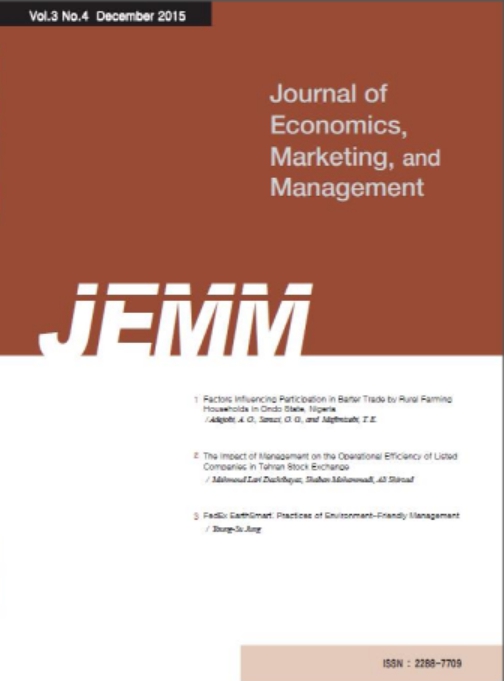- Log In/Sign Up
- E-ISSN2288-7709
- KCI
 E-ISSN : 2288-7709
E-ISSN : 2288-7709
Browse Articles
e-SubmissionVol.10 No.1
Abstract
Purpose: The purpose of this study is to analyze the measurement results of the financial comprehension test conducted ten times in order to study the financial comprehension. Research design, data, and methodology: In this study, correct answer rates in the Economics and Finance Literacy Certification Test were analyzed across ten rounds of tests taken by 6,662 high school students in Korea. Result: The analysis revealed that Korean high school students' level of financial literacy generally increased as the grade level increased, and the correct answer rates of students at autonomous high schools and special-purpose high schools were statistically different from those of students at general academic high schools and specialized high schools. Conclusion: We can therefore infer that students at specialized high schools face limitations in tackling financial problems due to their lack of proficiency in interpretation and calculation of data necessary for real life financial decision-making. In contrast, students at general academic high schools, special-purpose high schools, and autonomous high schools who do not learn finance as a part of their official curriculum at school were lacking in basic financial knowledge as well as knowledge about the financial system compared to students at specialized high schools, highlighting the need for a measure to address the deficiency.
Abstract
Purpose: The purpose of this study is to analyze the method of calculating the usage fee, rent, and lease rights of public goods necessary for the operation and management of the underground shopping mall, and to suggest systematic improvement points for the operation of the underground shopping mall. Data and Methodology: First, ordinances and regulations related to common property were investigated. Second, previous studies were analyzed. A survey was conducted with five questions that conflict with the interests of underground shopping mall merchants among the ordinances and operating systems related to the current underground shopping malls' common property. Results: Underpass merchants wanted monthly payment for the use of common property, and merchant organizations wanted to limit the increase rate with the right to use. They asked for the property value due to donation to be excluded from the loan fee, they wanted to revise the Common Property Act on the transfer of lease rights, and they wanted to revise the loan contract renewal period. Conclusion: There is a need to improve the laws and systems for underground shopping malls, and it will have to be negotiated according to the opinions of the merchants gathered among them, and it will have to be implemented in stages in the long term.
Abstract
Purpose: This study investigates how to successfully promote the smart product bundle by exploring (1) how consumers' adoption intention toward a smart product bundle differs by the complementarity level of the bundled items and (2) how the ad appeal type influences the effect of complementarity level on adoption intention via goal fluency. Research design, data and methodology: This study was a 2 (complementarity level: low vs. high) × 2 (ad appeal type: attribute vs. benefit) between-subjects experiment. The proposed hypotheses were verified using analysis of variance (ANOVA) and bootstrap analysis using PROCESS. Results: This research demonstrated that adoption intention toward smart products increases when the complementarity level of bundled smart items is high. Goal fluency underlies this relationship. Further, attribute versus benefit appeal type moderates the relationship between the complementarity level and goal fluency. Conclusions: Compared with the attribute appeal, benefit appeal leads to higher goal fluency when the complementarity level of the bundled items is low. However, there was no differential impact of appeal type on goal fluency when the complementarity level of bundled items is high. Finally, goal fluency mediated the interaction of complementarity level × ad appeal type on adoption intention.













